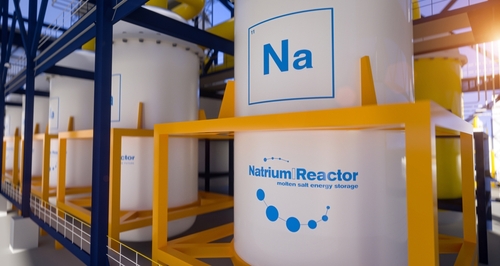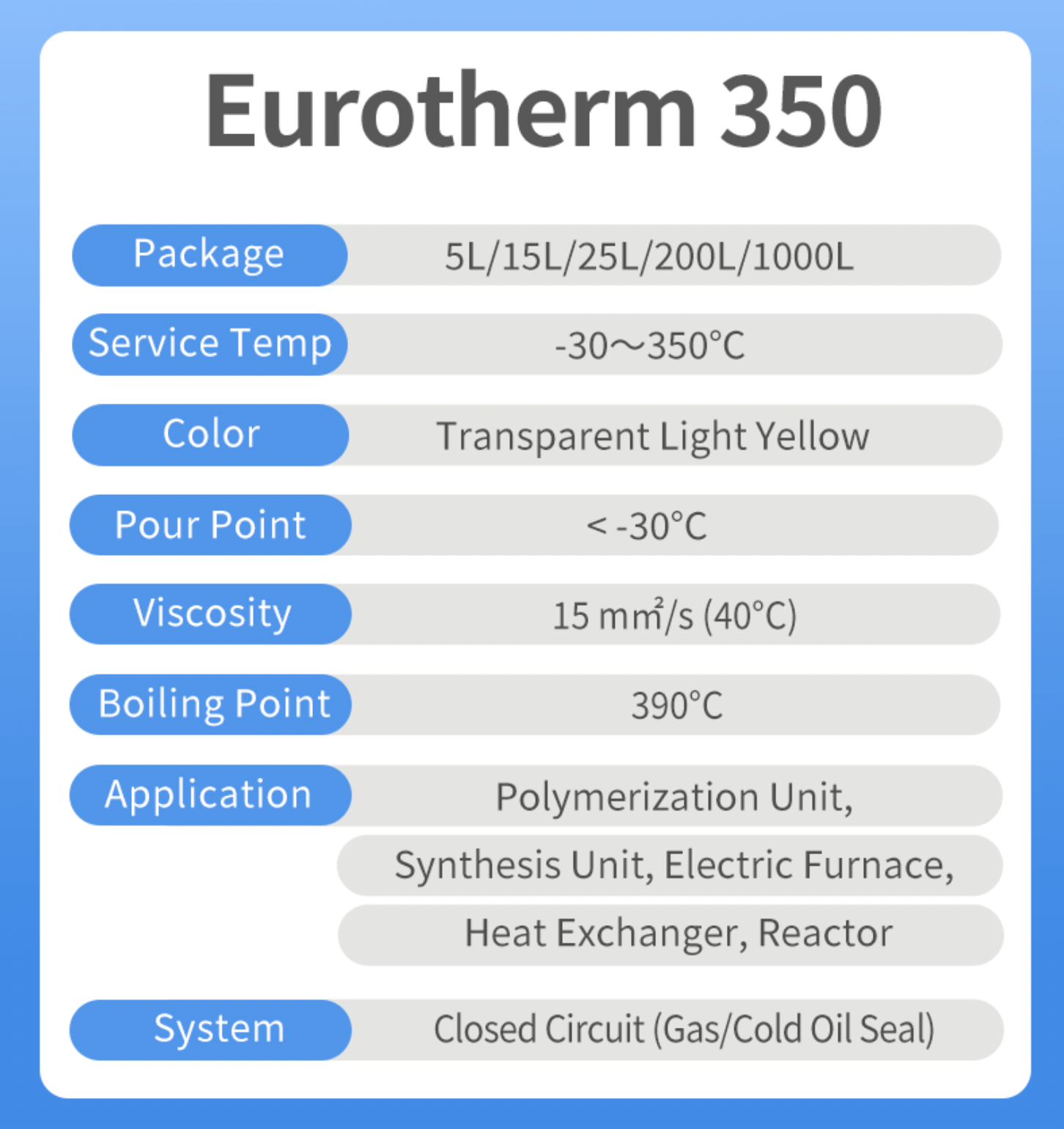Just How to Select the very best Heat Transfer Fluid for Your Heating and Cooling Systems
Selecting the proper heat transfer fluid for home heating and cooling down systems is a nuanced procedure that requires cautious consideration of numerous elements. It is critical to assess the details operational temperature variety, in addition to the thermal buildings such as conductivity and thickness that impact system efficiency. Additionally, compatibility with system materials and adherence to security and ecological laws are extremely important. The balance between performance, expense, and sustainability eventually guides this decision. Understanding these intricacies can substantially influence system long life-- yet, several overlook an essential aspect that might enhance their functional effectiveness.
Recognizing Heat Transfer Fluids
Warmth transfer fluids play a critical duty in numerous commercial and business applications by facilitating the transfer of thermal power. These liquids are important in systems such as home heating, power, and cooling generation, where reliable thermal management is critical for functional efficiency. The key feature of warmth transfer liquids is to take in heat from a resource and transport it to a designated place, where it can be used for heating or transformed right into power.
Warmth transfer fluids can be classified right into numerous classifications, consisting of fluids, gases, and phase-change products, each serving certain applications based upon their thermal homes. thermal oil. Typical examples consist of water, oils, and refrigerants, which are chosen relying on the temperature level variety, stress conditions, and compatibility with system products
The effectiveness of a warmth transfer liquid can significantly influence the total effectiveness of a thermal system. Elements such as thickness, thermal conductivity, and certain warm ability identify how well a fluid can transfer warm. Understanding these qualities is crucial for selecting one of the most appropriate liquid for a certain application, making certain optimal performance and reliability in industrial procedures.
Trick Properties to Consider
Picking the ideal heat transfer fluid calls for careful factor to consider of numerous essential residential or commercial properties that influence performance and efficiency. Thermal conductivity is vital, as it determines the liquid's ability to move warmth effectively. Higher thermal conductivity commonly causes better performance in heating & cooling applications.
One more crucial residential or commercial property is viscosity, which influences the liquid's flow attributes. A liquid with reduced viscosity at functional temperatures will flow more easily, lowering pumping energy requirements. Additionally, the specific warmth capability of the liquid plays a vital role; a greater certain heat suggests the fluid can keep a lot more thermal energy, improving system effectiveness.

Kinds of Heat Transfer Fluids
A variety of warmth transfer liquids are offered, each made to satisfy certain operational demands and performance criteria. The key classifications of warm transfer liquids consist of water, organic liquids, and refrigerants.
Water is frequently made use of due to its high warmth capacity and affordable, making it appropriate for lots of heating & cooling applications; nonetheless, it has restrictions regarding freezing and boiling points. Organic fluids, such as glycol combinations, offer a more comprehensive temperature variety and are less vulnerable to cold, making them optimal for applications in colder environments. These fluids can additionally give much better thermal security contrasted to water.
Refrigerants are developed for certain applications in vapor-compression refrigeration and a/c systems. They have distinct thermodynamic residential properties that make it possible for reliable warmth transfer at reduced temperature levels. Other specialized liquids include mineral oils, which are commonly employed in high-temperature applications because of their thermal stability and non-corrosive nature.
Picking the ideal warmth transfer fluid involves thinking about the operating temperature array, thermal buildings, and system compatibility. By understanding the types of liquids available, one can make educated decisions that enhance system effectiveness and durability.
Environmental and Safety Elements
When evaluating warmth transfer liquids, it is necessary to take into consideration the ecological and safety and security factors linked with their usage. The selection of a fluid must straighten with governing criteria and minimize potential environmental influence. Fluids that are safe, biodegradable, and have reduced global warming capacity are favored, as they contribute to sustainability and lower obligation in the event of leakages or spills.
Safety and security is one navigate to these guys more vital consideration; the fluid's flash factor, poisoning, and possibility for hazardous reactions have to be extensively assessed. Liquids with high flash points are typically safer, reducing the risk of fire in high-temperature applications - heat transfer fluid. Furthermore, the compatibility of the liquid with system products need to be assessed to stop degradation, which can cause leakages and potentially dangerous circumstances
Furthermore, correct handling and disposal treatments should be plainly laid out. Making use of fluids that are easy to dispose and take care of of can significantly lower environmental risks. By prioritizing these ecological and safety and security aspects, organizations can make educated choices that not just shield their personnel and the setting but also boost the general effectiveness and dependability of their heating and cooling down systems.
Application-Specific Referrals
Understanding the specific demands of an offered application is necessary for picking the most reliable warm transfer liquid. Different systems have unique thermal needs, running temperatures, and fluid attributes that influence the option procedure. In applications involving high-temperature environments such as concentrated solar power systems, liquified salts or synthetic oils might be more ideal due to their exceptional thermal stability and heat transfer effectiveness.

Additionally, industries dealing with corrosive materials, such as chemical handling, may require warmth transfer fluids with boosted deterioration inhibitors to extend system life and keep effectiveness.
Moreover, applications with rigorous environmental guidelines may profit from bio-based liquids or those with low toxicity profiles. By additional resources extensively assessing these application-specific aspects, engineers can make certain ideal performance, safety and security, and durability of their home heating and cooling systems while adhering to regulatory compliance and sustainability goals.
Conclusion

In conclusion, choosing the ideal heat transfer fluid for home heating and cooling systems demands an extensive assessment of different variables, including operational temperature range, thermal residential or commercial properties, product compatibility, and environmental safety and security. An educated selection eventually boosts system efficiency, minimizes operational costs, and promotes sustainability. Focusing on these factors to consider guarantees the durability and efficiency of home heating and cooling systems, adding to general effectiveness in thermal management applications.
The main feature of heat transfer liquids is to take in warmth from a source and transportation it to a marked location, where it can be used for heating or converted right into mechanical energy.
The effectiveness of a warm transfer fluid can significantly affect the total efficiency of a thermal system. Variables such as thickness, thermal conductivity, and certain warmth ability determine exactly how well a fluid can transfer warmth. In addition, the details warm ability of the fluid plays an important duty; a greater details warmth shows the liquid can save more thermal energy, enhancing system efficiency.
In final thought, picking the optimum warm transfer fluid for heating and cooling down systems necessitates a comprehensive evaluation of different variables, consisting of functional temperature level look at here range, thermal buildings, material compatibility, and environmental security.